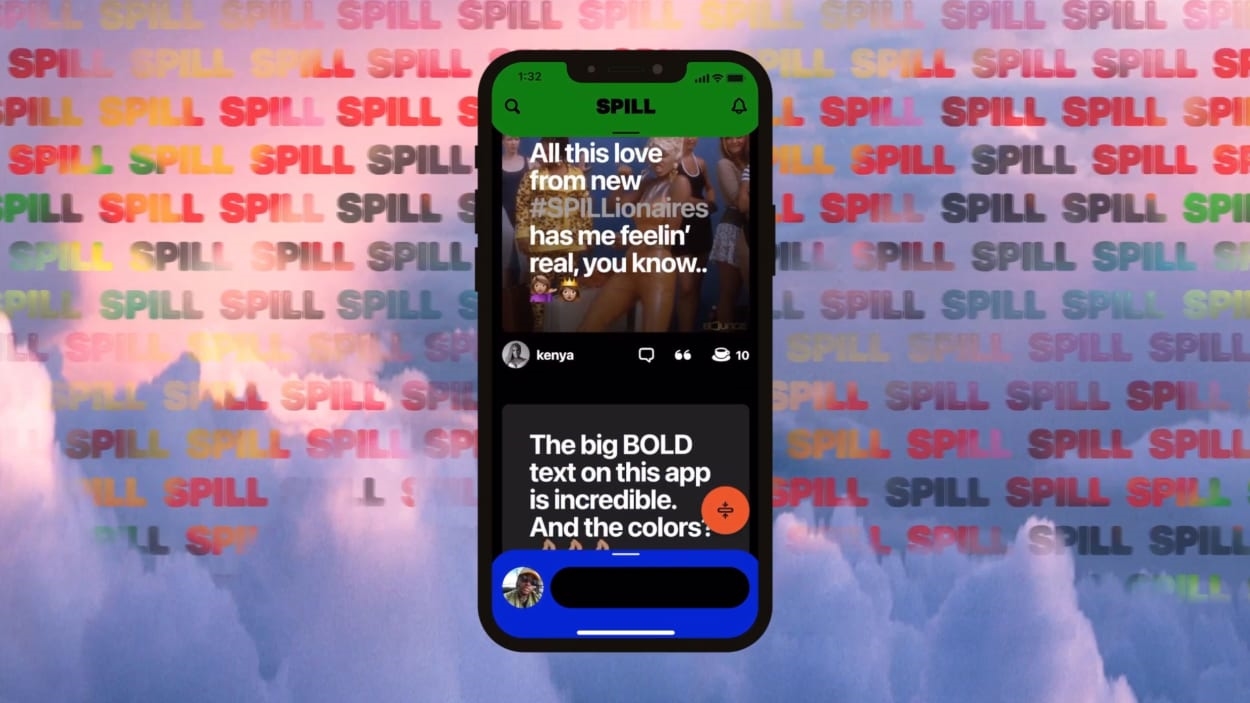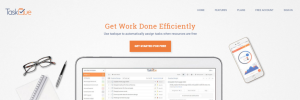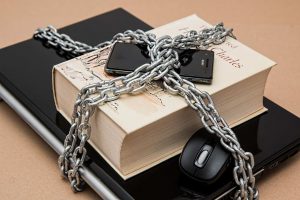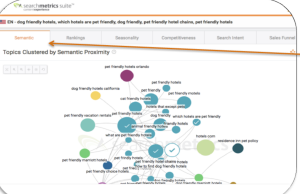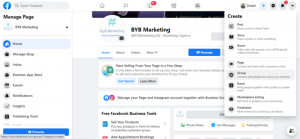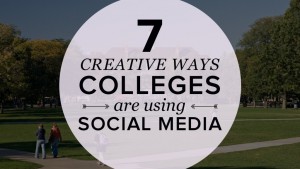Few cultural forces have shaped the way we interact online more than Black Twitter (I will not use Twitter’s new name, X, for the remainder of this article). The term refers to a loosely connected group of Black users whose interactions and conversations often become trending activity, partly due to the group’s size.
Black Twitter is equally responsible for igniting a social justice movement with the hashtag #BlackLivesMatter and for sharing the viral tweet thread outlining the misadventures of a stripper that lead to the A24 movie Zola. Its memes and concerns often spread and get transmogrified into broader culture. But while Black Twitter drives a lot of the conversation, Black users are often the target of a lot of hate and racism.
That’s what cofounders Alphonzo Terrell and DeVaris Brown are trying to change with their social media app, Spill. The Twitter alums (Terrell worked as the head of global social and editorial, while Brown worked as an engineer) built their referral-only app as an alternative to Twitter engineered specifically for Black and queer people. “I saw that marginalized groups, 9 times out of 10, are driving the conversations,” says Terrell, explaining what inspired Spill. “That’s true for most social platforms when you think about early YouTube creators or BlackTok.”
Terrell was part of a mass layoff at Twitter on November 3, 2022, after Elon Musk acquired the company and fired 3,700 employees in its workforce (Brown had left in 2020). Afterwards, Terrell gathered his former employees and hosted Twitter Spaces, where ex-employees (“tweeps”) could process their feelings using the hashtag #tweeptherapy. “The layoffs were so sudden; you were just [immediately] locked out of your Slack,” Terrell recalls. “I know it sounds obnoxiously sincere, but it was actually really healing because many people never got to say goodbye to each other.”
That night, the idea for Spill—which stands for “spill the tea,” slang for “give us the details”—was born after the cofounders connected. Terrell and Brown swiftly raised a $2.75 million pre-seed round and got to work.
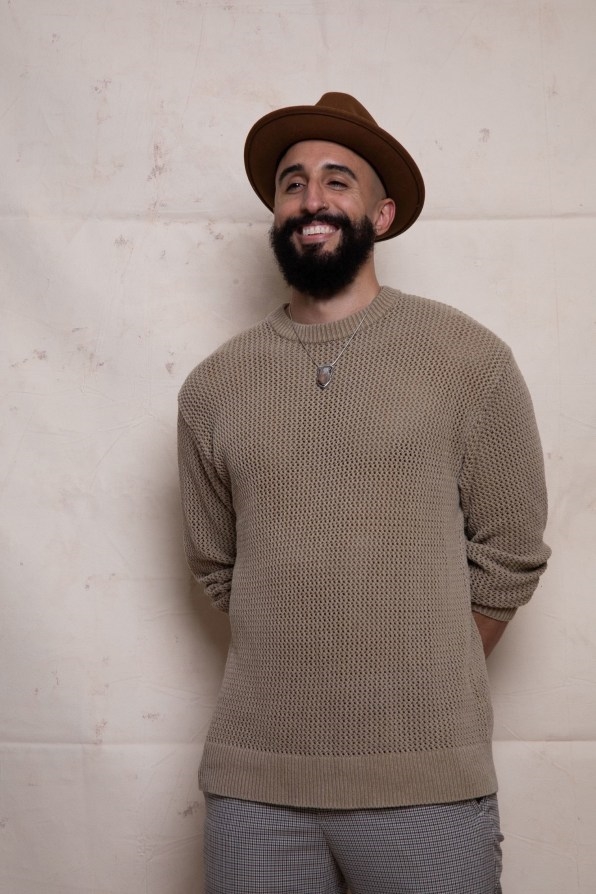
Designing Dialogue
Spill’s interface marries images and text in what Terrell describes as a “meme-forward” way. Spills—as the platform has dubbed its posts—are limited to 90 characters that are overlaid over images or gifs. Users can reply to reach other’s spills to start a conversation. A “Spill board” displays the most popular spills of the moment, akin to the trending topic list on Twitter. The interface also includes hashtag tickers, ranging from #Spillbadies to the less scandalous #bookspill, that people can click on to join the conversation. Spills are displayed in reverse chronological order, but users can also scroll through picture cards overlaid with text horizontally or vertically.
The real difference in Spill’s user experience compared to the platform that inspired it (as well as other would-be Twitter alternatives, such as Bluesky) may well be the content moderation. So far, the app is invite-only and has a few hundred thousand users. This means that the company can keep close track of who they let onto the platform. Terrell says that eventually they hope to open up the app to anyone who wants to join, while still moderating the tone of the conversation to ensure that it is respectful, civil, and inclusive.
Part of the tone stems from Terrell’s personal experience at Twitter. “After George Floyd’s murder, I was just incredibly proud [to be] part of a campaign that took voices from the platform and put them on billboards around the country in really meaningful places,” he says. “We had a billboard in Minnesota on the corner where George Floyd actually was murdered that said, ‘Protestors aren’t trying to start a race war. They’re trying to end one.’ But another part of that initiative was that we had to watch these [related] images all the time.”
Spill analyzes data from its users to design AI tools that can track and detect harmful content, a problem that other social platforms continue to face. “Things don’t change unless you build from the ground up,” Terrell says. “Language models can be effective for content moderation when they are trained by looking at content from people who are getting the most hate [on the internet].”
To help create a safe space, the company is working with April Reign, the DEI advocate and activist behind the #oscarssowhite campaign in an advisory capacity. Another advisor is Twitter’s former VP of design and research, Dantley Davis.
The company hopes that this approach will differentiate the platform’s content from rivals including Mastodon and Bluesky. Getting this aspect right will largely dictate its success. Clubhouse, the audio conversation app that blew up in 2020 might serve as a cautionary tale: After first attracting a lot of attention, a lack of moderation led to a degradation in the quality of conversation, and offensive content displayed on the platform.
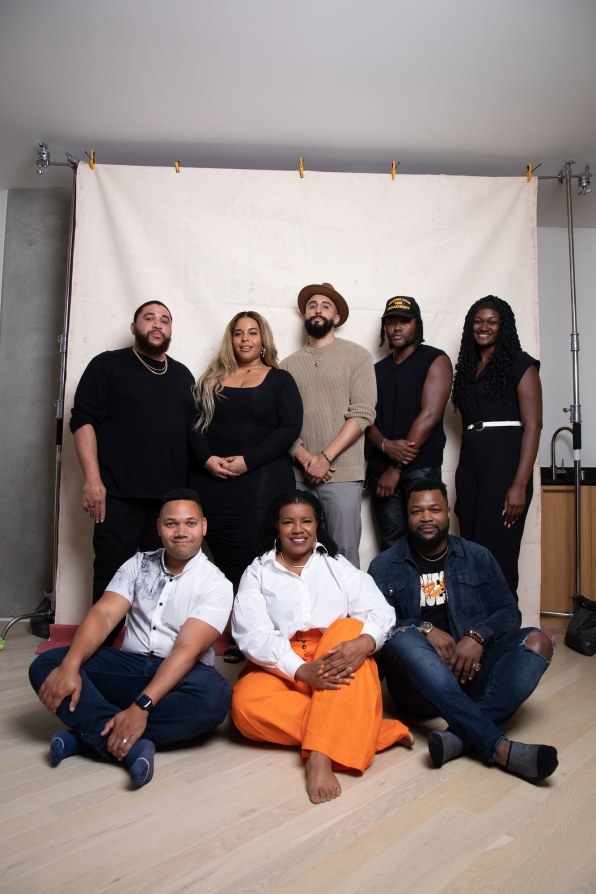
Spilling cash
Platforms such as Twitter and Facebook were built before adopting a monetization strategy, but Spill has already started courting advertising dollars. The company has created forged partnerships including BET, Variety, and Uncmmn and produced sponsored content for some of them.
Terrell is well-suited to develop this strategy. Prior to Twitter, he worked as a director of digital and social marketing at HBO where he produced Twitter campaigns like a mob nickname-generator to celebrate the 20th anniversary of The Sopranos. That kind of work got him noticed and eventually hired at the platform.
Terrell is adamant that he does not want to offer tiers that users can pay money for—the strategy adopted by Elon Musk—as he wants the platform to remain inclusive for people of all income levels.
Right now the app is primarily full of Black Twitter transplants having lively conversations, but it remains to be seen how it will look when it opens up to more users. Like other rivals competing with Twitter, it also has to contend with the fact that most celebrities, companies, and government officials remain on that platform, and as a result, a lot of news is first broken and conversations are first started there.
“There will never be another Twitter. There’s only what’s next and what can push the bar forward,” Terrell says, “We’re focusing on Black folks and other marginalized groups. Most tech companies don’t do that. This is our mission. People are saying things like, ‘I told my therapist about Spill, it’s so good for my mental health,’ which is like . . . when have you ever heard that about a social media platform?”
(3)

